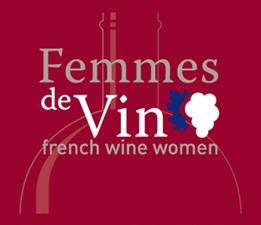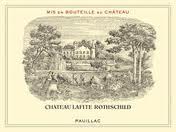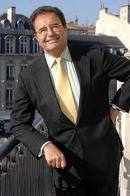For the second year the “Femmes de Vin” Association was present at Vinexpo showcasing their wines.
The Circle of “Femmes de Vin” was created in 2009 by two passionate wine producers: Chantal Pégaz from Beaujolais and Marie-Laurence Saladin from Côtes du Rhône.
The Circle of “Femmes de Vin” brings together regional associations of female wine producers, who have common passions for defending, on a daily basis, the land, countryside, environment, wine production and the flavours of the French appellations. The regional associations consist of:
• Les Aliénor du Vin de Bordeaux www.bordeaux-lesalienor.fr
• Les DiVINes d’Alsace www.divinesdalsace.com
• Les Eléonores de Provence,www.leseleonoresdeprovence.blog4ever.com
• Les Etoiles en Beaujolais, www.etoiles-enbeaujolais.com
• Les Femmes et Vins de Bourgogne, www.fevb.net
• Femmes Vignes Rhône, www.femmesvignesrhone.com
• Les Vinifilles en Languedoc-Roussillon, www.vinifilles.fr
“Divided, but not against”, the men, fathers, brothers, husbands, friends… they won’t be far away! Each of these women, who are content and blossoming in their work, has a story and a clear career path. “Girls of”, “women of” or “business women from elsewhere” are all “creators of wine” fulfilling their dreams!





